Glastonbury Abbey, Arthur’s Grave
This is a reproduction of the cross said to have been found in Arthur’s grave at Glastonbury Abbey. The actual grave seems to have been a very early burial but the Arthur link is tenuous. The actual cross disappeared many years ago and the only depiction is from a drawing by William Camden in 1607, from which this picture has been redrawn.

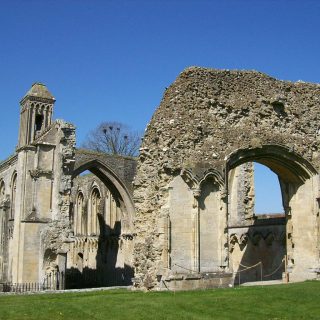
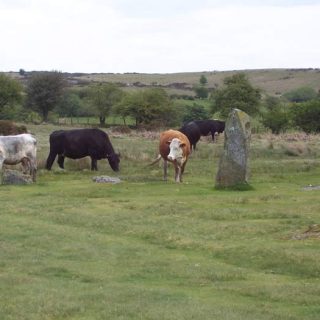
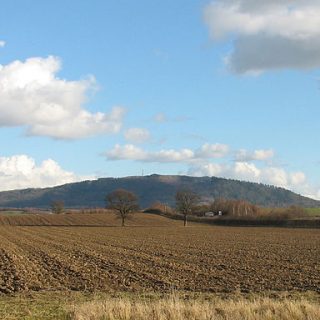
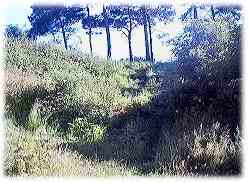
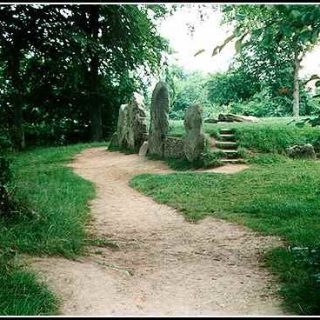
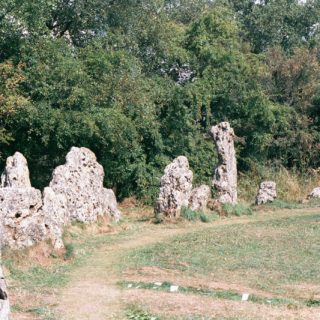
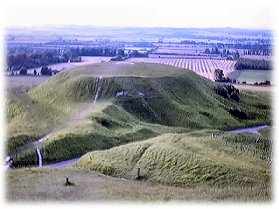
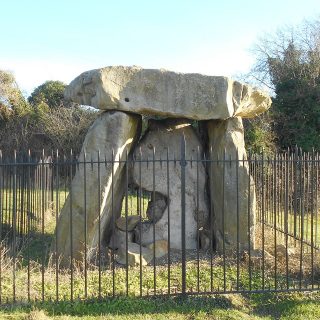
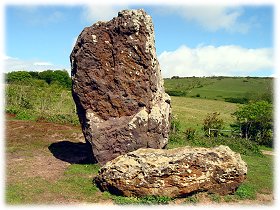
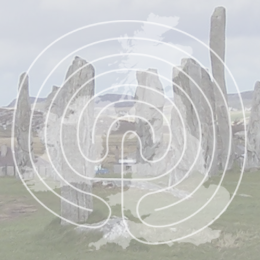
Recent Comments